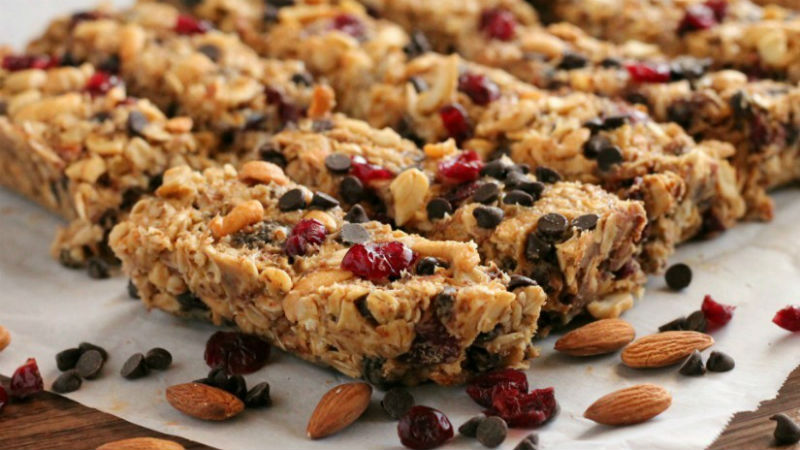
Look, no one here has any issue with the occasional carb bender or sugar coma. There’s no need to eat all healthy food all the time. We all love a good steak that’s been cooked in a sacrilegious amount of butter. Or a flaky, sticky, creamy dessert that makes us almost forget the meal that prefaced it. Give us buttery mashed potatoes, syrupy candies, and fried-to-perfection crispy goodness any day of the week. We welcome them with open arms.
What we do have an issue with, though, are the foods trying to deceive. To manipulate. To masquerade and cheat the buyer into thinking what they’re actually eating is healthy. This is just plain insulting, and we will not stand for it. Because we all know that balance is the key to a healthy lifestyle.
While we have nothing but love for the treats, it’s important to eat healthy foods, nourishing our bodies with the proteins, vitamins, and minerals we need to thrive. But between all of the healthy lifestyle trends, cryptic nutrition labels, and a whole bunch of noise coming from 19-year-old “influencers,” eating healthy is confusing enough already. Hidden sugars, chemicals, fats, and carbohydrates are not what we signed up for when we bought that item in the “health food” aisle, so what gives?
Here are a few of the guilty parties, the unhealthy foods in disguise. Their names have not been changed, because they are not innocent. They have deceived us long enough, and it’s time to call them out.
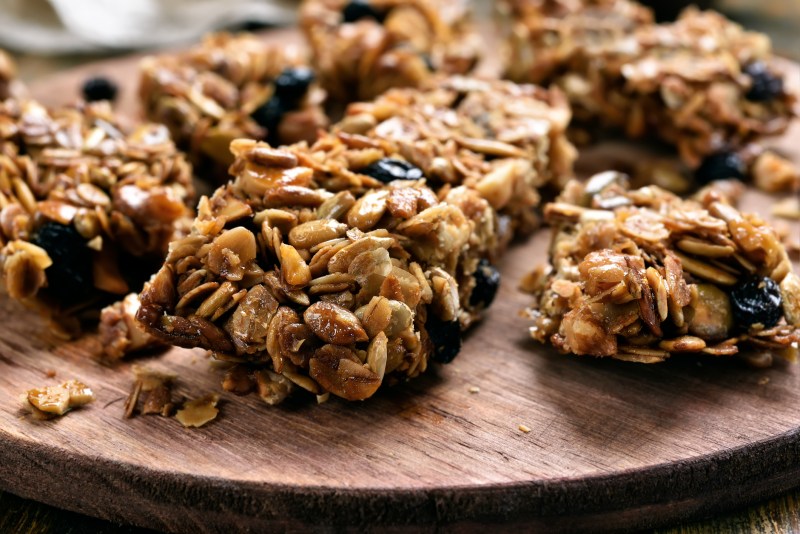
The top so-called ‘healthy’ food items to avoid
Granola and granola bars
We’re sorry to say this because we love a good granola bar as much as the next person, but store-bought granola products are the biggest offender on this list. The truth is, even in the “healthiest” (most expensive) brands, granola bars are often so packed with sugar and/or corn syrup that most of the nutritional value is outweighed by empty calories. Of course, as with many of the items on this list, making your own version at home is the best way to avoid all of the unwelcome add-ins.
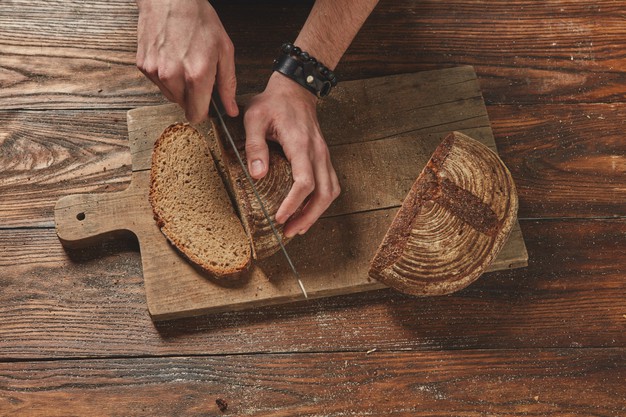
Whole grain bread
The issue here is really more of a labeling problem, not so much a problem with real whole-grain bread. The problem is finding the real thing. An actual whole grain product means that every portion of the grain kernels is left intact, giving the customer a healthier product. Nutritional value is lost when the grains are processed. Here in the United States, only 51% of a product has to contain whole grains for it to earn the label. This means that up to 49% of that product can contain processed grains and other fillers and still get a shiny gold “Whole Grain Product” stamp of approval.
The confusion is a big problem. The key is to read labels carefully. Many of the better brands available will be sure and list the actual grams of whole grain on the package. Of course, making your own whole-grain bread at home solves all of this confusion as well. Plus, it’s a lot cheaper and will make your home smell incredible.

Gluten-free foods
This one comes with a caveat. If you suffer from a health issue in which your body can not properly digest gluten, otherwise known as Celiac disease, please, continue to enjoy the plethora of gluten-free options available to you, with our love. If you do not have this health issue, or another physical ailment preventing you from eating gluten, just stop. Seriously. Stop it.
Gluten is not the root of all evil, we promise. In fact, many gluten-free foods are much higher in fat and calories compared to their glutenous counterparts. Gluten is simply a lovely little protein contained in many grains that helps to hold the structure of many foods. Because gluten is found in grains, some associate it with carbohydrates, which, as we all know, people love to hate.
So if you think that the “gluten-free diet” will cause you to lose weight, we’re sorry to disappoint you, but no. There are plenty of low-carb/no-carb diets out there that have very high success rates if weight loss is what you’re after. If not, good lord, just buy the regular flour.
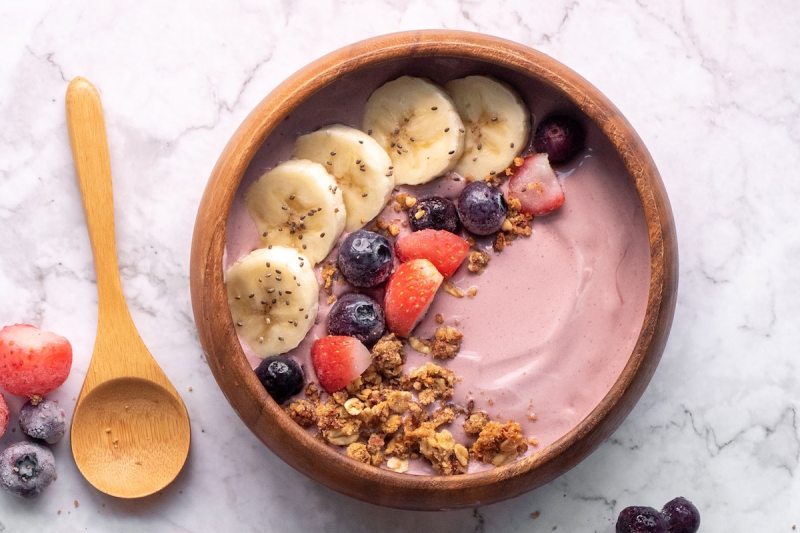
Yogurt
Yogurt is well known for its high amount of calcium and probiotics, which are very important for the body’s health. Unfortunately, many of the store-bought brands we all know and love also contain copious amounts of processed sugar, as well as artificial flavors and coloring.
Many yogurt brands out there aren’t even trying to pull the wool over our eyes anymore, which, we suppose is more admirable. But with flavors like “Sea Salt and Caramel” or “Boston Cream Pie,” it’s hard to go on pretending. Of course, there are healthier yogurt options than these. But even the less processed, less falsely colored options tend to have an unhealthy amount of sugar.
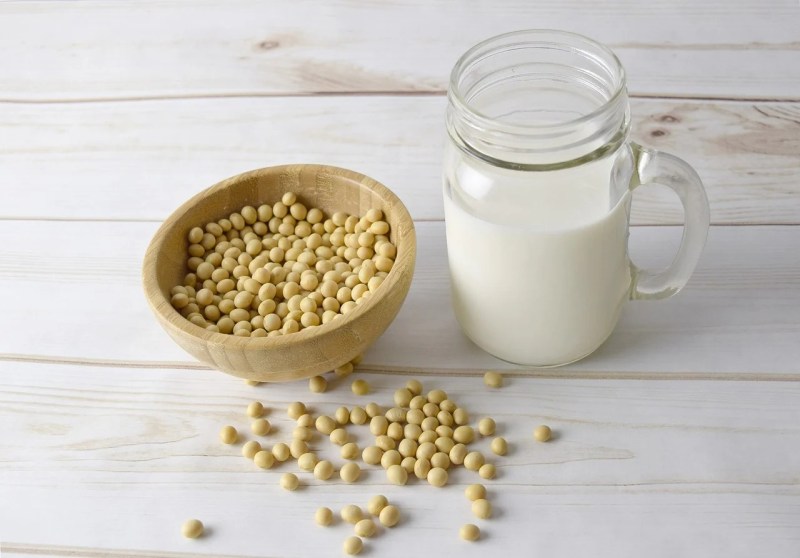
Soy milk
There’s no denying that there are some great advantages to soy milk. It provides a (sometimes) tasty alternative to dairy, which many people have a health or moral aversion to, and that’s great! We all know that soy has some incredible health benefits as well, like its antioxidants and anti-inflammatory properties.
The problem with store-bought soy milk is that many brands add sugars and other potentially harmful additives to improve both flavor and texture. Leading brands contain as much as 14 grams of added sugar per serving! Soy milk also naturally contains trypsin inhibitors, lectins, and phytic acids, which can hinder the absorbency of nutrients in the body.
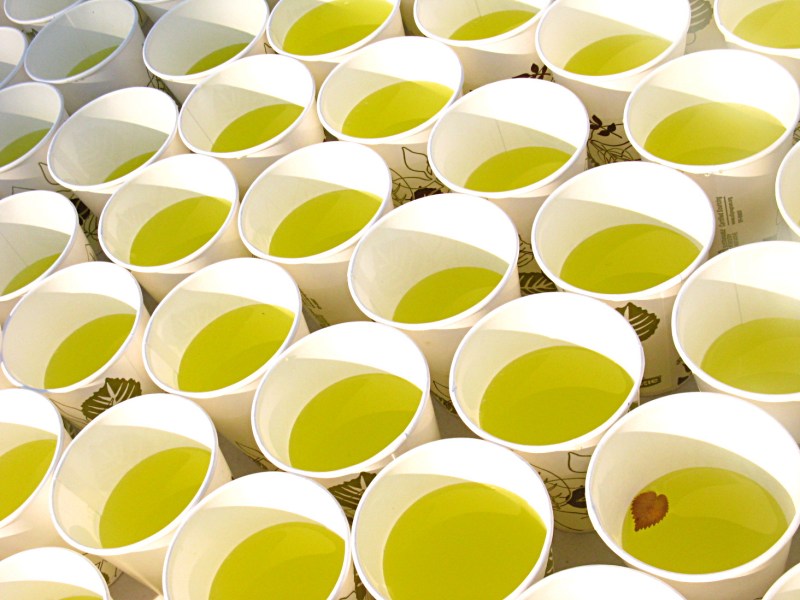
Sports drinks
Sports drinks are popular due to their ability to hydrate, as well as provide the body with carbohydrates and electrolytes, which are vital in athletic performance. Athletes burn hundreds, if not thousands of calories when they work out, sweating and grinding, quickly losing the hydration their bodies so desperately need. Enter sports drinks. A high-calorie, high-carb, high-sugar, electrolyte boost to the system.
The problem? Most people who consume these beverages aren’t high-performance athletes. The amount of sugar in these drinks is far from what’s necessary to keep the regular person going. So unless you’re running a marathon, or scoring the winning goal in the World Cup, maybe just reach for some water.

Diet soda
Alright, you knew this one was coming. But it’s so bad, that its obviousness doesn’t excuse it from our list. When diet soda was first popularized in the 80s, those watching their waistlines rejoiced. Finally, a refreshingly bubbly, thirst-quenching soda without the added calories!
It wouldn’t be until years later that the joy would be crushed under the hard truth of health. It turns out, that what may be good for the waistline, is pretty terrible for everything else. The artificial sweeteners in diet soda have been linked to diabetes, heart disease, increased blood pressure, kidney disease, and a higher risk of stroke. So if it’s a fizzy soda you’re in the mood for, it’s probably best to just swallow the added calories that come with the real thing.
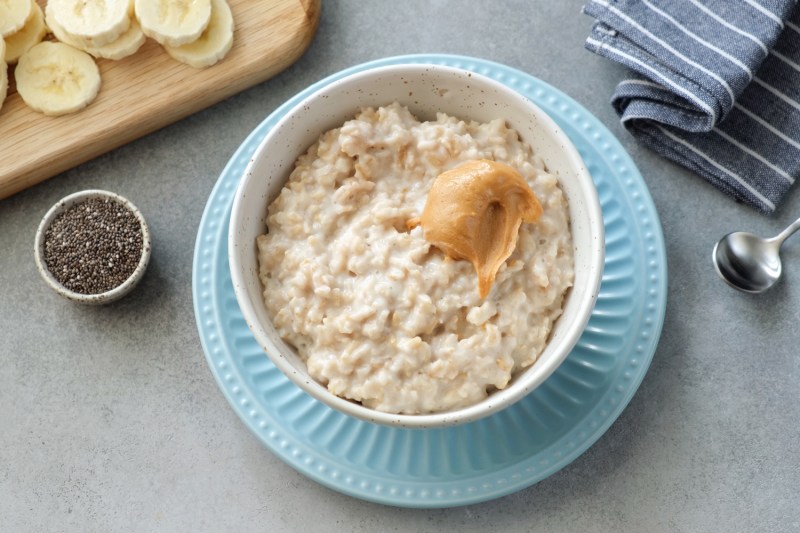
Flavored instant oatmeal
Like so many items on this list, this is one healthy dish that’s just gone a little astray. Oatmeal is obviously a wonderful heart and brain-healthy comfort food. Few dishes are as cozy and soothing as a warm bowl of oatmeal on a chilly winter morning. Our gripe here is not with oatmeal itself, but with the flavored packets that have become so popular over the years.
Did you know that one packet of this stuff can cost you up to 4 teaspoons of added sugar? Most brands also add in extra sodium as a preservative, making these convenient little packages a less-than-great way to start the day. We think the Quaker man himself would be ashamed. It is best to stick with the plain variety and add your own sweetness with fresh fruit and good old honey.
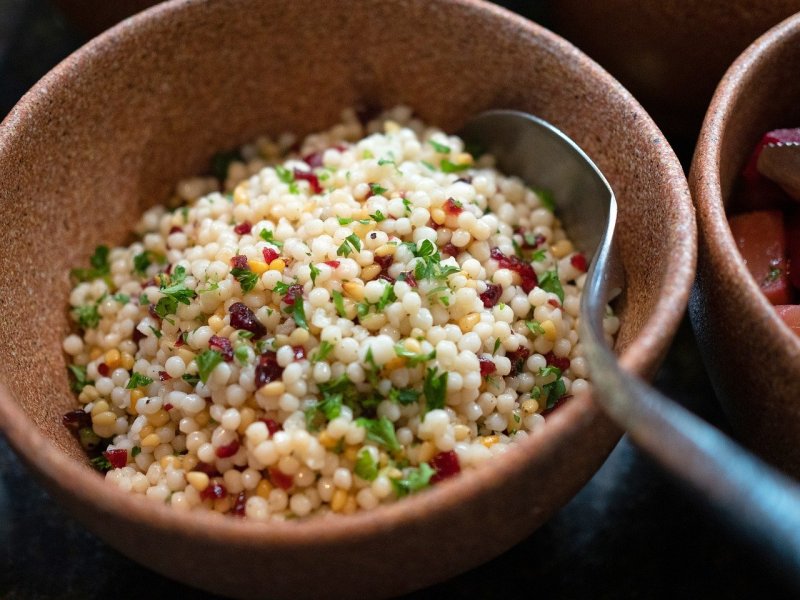
Couscous
Couscous really had us going for a while there. This little cutie hopped on board the trendy grain train around the same time as its healthier friends like quinoa and farro. But couscous has a dirty little secret — it isn’t a grain. It’s just an itty bitty, tiny little ball of pasta with a name that’s fun to say. So while cute and delicious, couscous is just nothing more than empty calories.
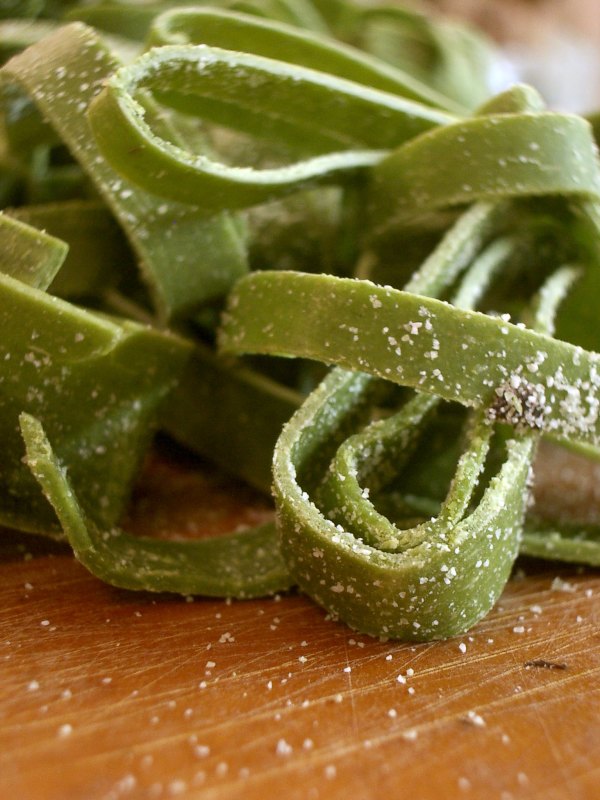
Spinach pasta and tortillas
That green color certainly makes us feel like we’re making a healthier choice, doesn’t it? We aren’t. The sad truth is that the amount of spinach that goes into most of these products is so wildly insignificant that it does little more than simply make the product a prettier color. If that’s what you’re after, spinach it up! But if you’re looking to gain some of the amazing health benefits spinach has to offer, it’s probably best to look elsewhere.
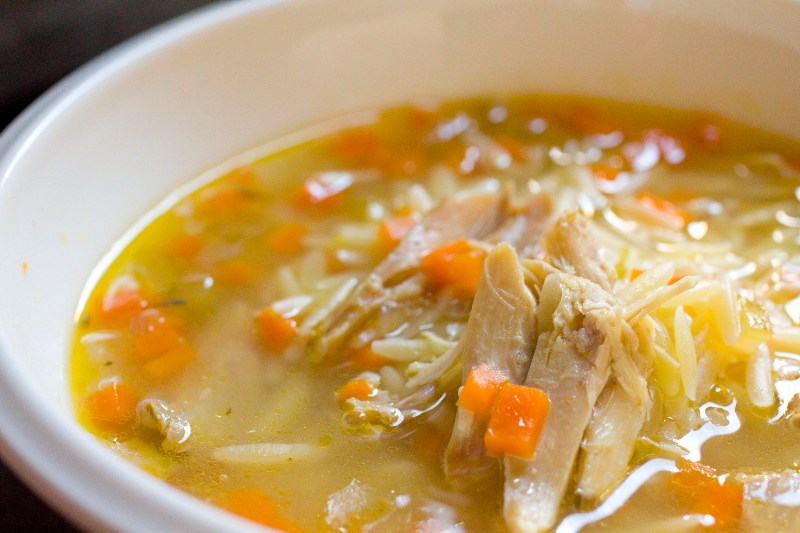
Avoid these foods as well
OK, we’ve identified some of the main offenders of so-called “healthy foods” that are anything but good for you. But that list is by no means exhaustive, so here’s a quick look at some more foods you might think are healthy, but are really just fooling you.
- Canned soup – We all know chicken soup is supposed to cure all ills, but the canned stuff is not the answer, as they are usually high in sodium and believe it or not, sugar as well. You’re better off sticking to homemade.
- Turkey bacon – We all know bacon is delicious, but not the most healthy thing. But could turkey bacon be the answer, since turkey is leaner than pork? Nope. Most commercial turkey bacon contains so many additives and sodium, that any health benefits are offset.
- Low-fat salad dressing – Salads are healthy, and if you put low-fat dressing on them, that’s like double healthy, right? Once again, no. In fact, low-fat dressings are sometimes even worse for you than regular dressings since manufacturers add high amounts of sugar to offset the loss of fat. You’re better off eating the real stuff (in moderation, of course). Or, you can always make your own.



